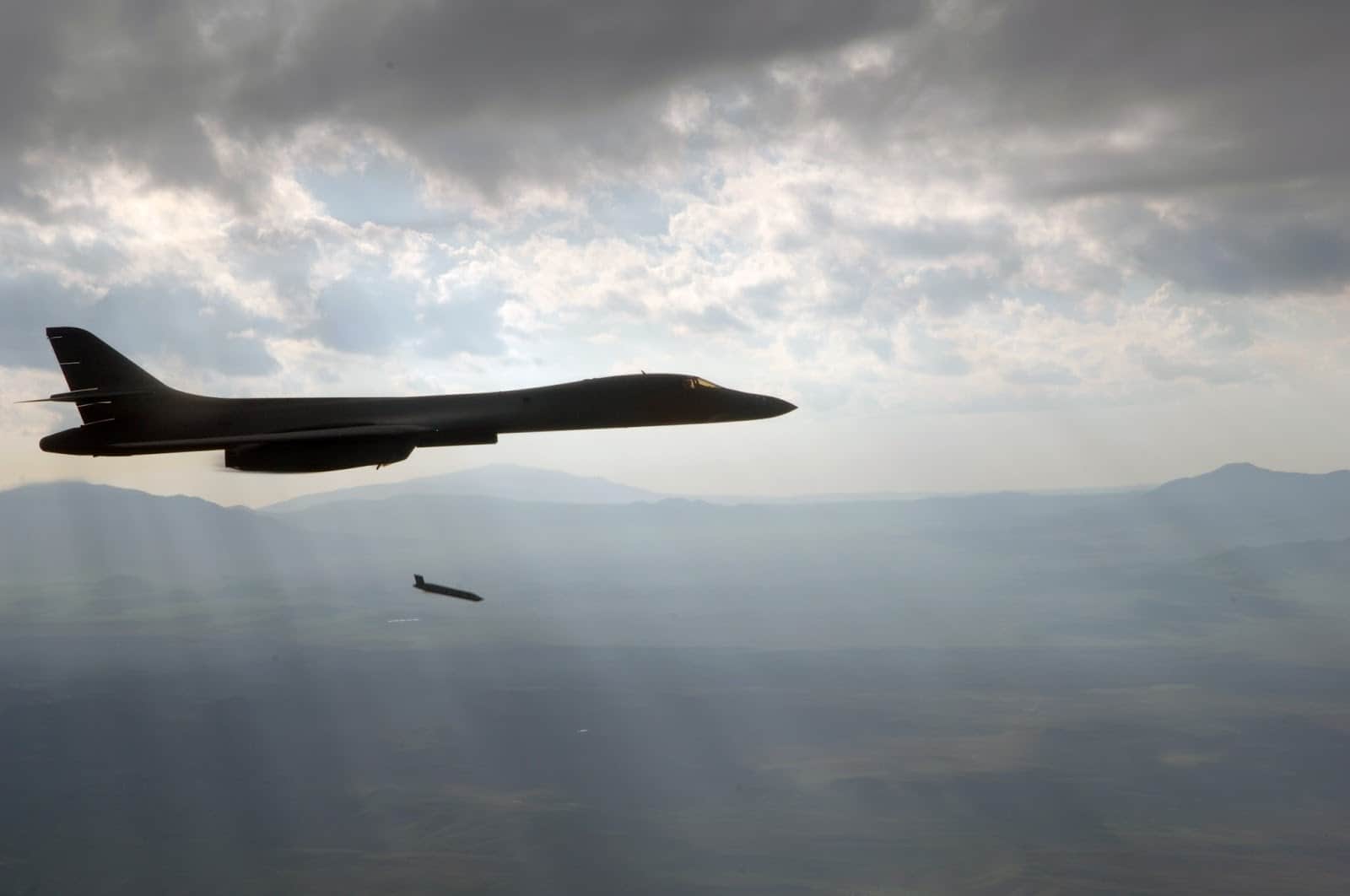The U.S. Navy and Lockheed Martin conducted the first free flight launch of the Long Range Anti-Ship Missile (LRASM) from a B-1B Lancer Aug.16 over Point Mugu Sea Range in California.
This event marked the first end-to-end functionality test of LRASM, and proved the weapon’s ability to identify and prosecute a moving target at sea.
During the test, aircrew aboard the B-1B from Edwards Air Force Base launched the missile over Point Mugu Sea Range. The missile navigated through all planned waypoints, transitioned to mid-course guidance and flew toward the moving maritime target using inputs from the onboard multimodal sensor. It then descended to low altitude for final approach to target area, positively identified and impacted the target from among a group of ships.
“This test represents a major accomplishment for the LRASM program and the dedicated team of government and industry professionals committed to accelerated acquisition,” said Capt. Todd Huber, LRASM director. “Today marks a significant step towards providing the operational community with a leap in critical surface warfare capability by next year.”
When operational, LRASM will play a significant role in ensuring military access to operate in open ocean and the littorals due to its enhanced ability to discriminate and conduct tactical engagements from extended ranges.
Early operational capability for the LRASM is slated for 2018 on the U.S. Air Force B-1 Lancer and 2019 on the U.S. Navy F/A-18E/F Super Hornet.










